Martha Angle Dorsett was the first woman admitted to the bar in the state of Minnesota.
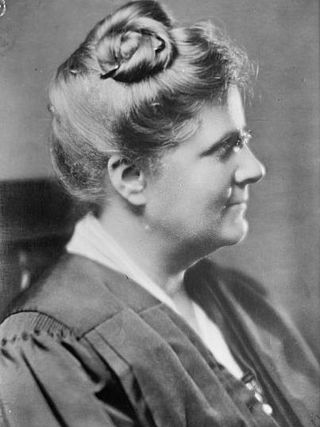
Florence Ellinwood Allen was a United States circuit judge of the United States Court of Appeals for the Sixth Circuit. She was the first woman to serve on a state supreme court and one of the first two women to serve as a United States federal judge. In 2005, she was inducted into the National Women's Hall of Fame.

The number of women in the United States judiciary has increased as more women have entered law school, but women still face significant barriers in pursuing legal careers.

Myra Colby Bradwell was an American publisher and political activist. She attempted in 1869 to become the first woman to be admitted to the Illinois bar to practice law, but was denied admission by the Illinois Supreme Court in 1870 and the United States Supreme Court in 1873, in rulings upholding a separate women's sphere. Bradwell had founded and published Chicago Legal News from 1868, reporting on the law and continued that work. Meanwhile, influenced by her case, in 1872 the Illinois legislature passed a state law prohibiting gender discrimination in admission to any occupation or profession.
Philemon Beecher was an Anglo-American attorney and legislator who was a member of the United States House of Representatives from Ohio.

Charlotte E. Ray was an American lawyer. She was the first black American female lawyer in the United States. Ray graduated from Howard University School of Law in 1872. She was also the first female admitted to the District of Columbia Bar, and the first woman admitted to practice before the Supreme Court of the District of Columbia. Her admission was used as a precedent by women in other states who sought admission to the bar.
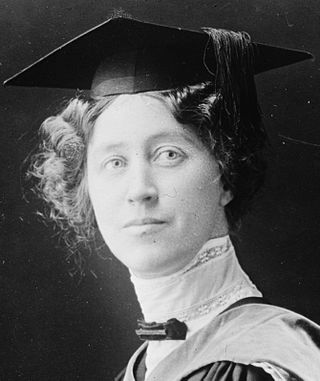
Annette Abbott Adams was an American lawyer and judge. She was the first woman to be the Assistant Attorney General in the United States.

George Ebbert Seney was a nineteenth-century politician, lawyer and judge from Ohio. A Democrat, he served four terms in the United States House of Representatives from 1883 to 1891.
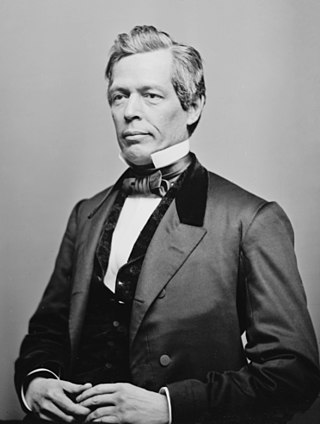
Warren Perry Noble was an American educator, lawyer, and politician who served two terms as a U.S. Representative from Ohio from 1861 to 1865.

Sarah Killgore Wertman, née Killgore was an American lawyer. She was the first woman to both graduate from law school and be admitted to the bar of any state in the United States, after graduating from the University of Michigan Law School and being admitted to the State Bar of Michigan in 1871.
This is a short timeline of women lawyers in the United States. Much more information on the subject can be found at: List of first women lawyers and judges in the United States
This is a short timeline of women lawyers. Much more information on the subject can be found at: List of first women lawyers and judges by nationality.
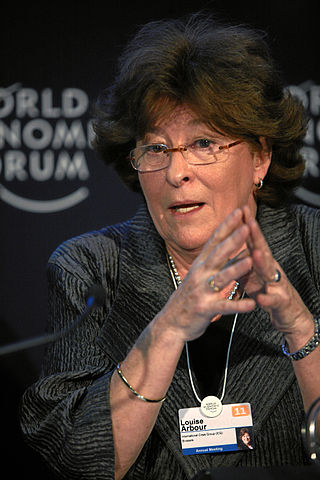
Women in law describes the role played by women in the legal profession and related occupations, which includes lawyers, paralegals, prosecutors, judges, legal scholars, law professors and law school deans.
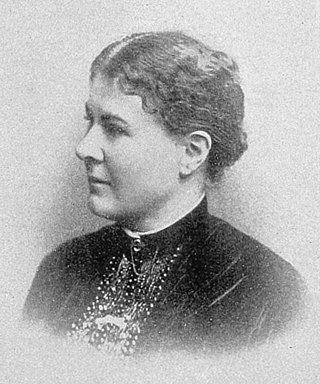
Ada Matilda Cole Bittenbender was an American lawyer and feminist activist. She became the first woman admitted to practice before the Nebraska Supreme Court and the third woman admitted to practice before the U.S. Supreme Court.
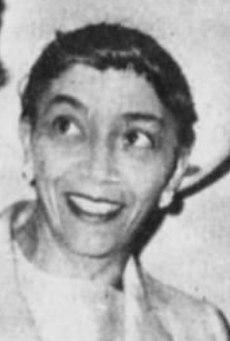
Eugenia "Jean" Marie Murrell Strode Capers was an American judge, educator, and politician.
Antoinette Dakin Leach was an American lawyer and a women's rights pioneer who was an active organizer on behalf of women's suffrage in Indiana. When the Greene-Sullivan Circuit Court denied Leach's petition for admission to the bar in 1893, her successful appeal to the Indiana Supreme Court, In re Petition of Leach, broke the gender barrier for admission to the bar in Indiana, securing the right for women to practice law in the state. The landmark decision, a progressive one for the time, also set a precedent that was used in 1897 as a test case to give Indiana women the right to vote, although the voting rights challenge in Gougar v Timberlake was unsuccessful. Leach was also an active politician and a supporter of women's suffrage who favored a constitutional amendment to secure women's right to vote.
Mary Virginia Mitchell Kellogg was an American lawyer. She was Kansas' first female lawyer and the first woman to serve as an assistant attorney general.
Mary Belle Grossman was an American suffragist, attorney, and judge, was born in Cleveland, Ohio, the daughter of Louis Grossman, the proprietor of a meat and hardware business, and Fannie Engle.
Lillian Mary Westropp was an American banker and judge.











